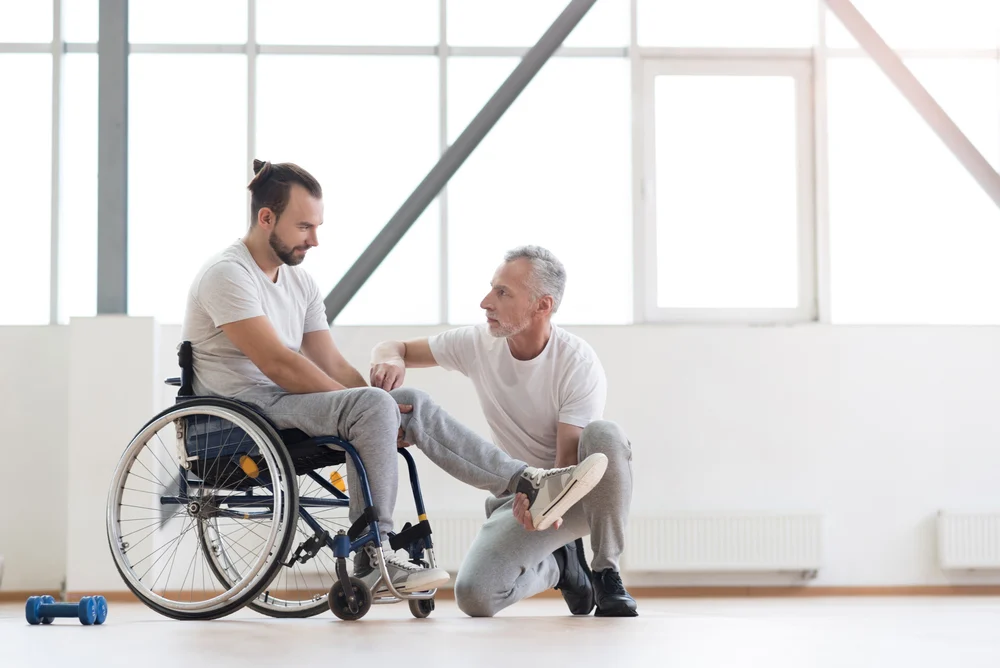Ankle replacement surgery marks the beginning of your recovery journey. The weeks and months following the procedure are key for achieving the best results. Here is information about post-surgical care, including the use of mobility equipment, rest, and rehabilitation. While every recovery is unique, these tips can help support a smoother healing process.
Ankle Replacement and Recovery
Recovery after ankle replacement surgery requires patience, commitment, and proper care. Initially, you may need to rest and follow your surgeon’s instructions carefully. Swelling and discomfort are common in the early stages, and your doctor may recommend ice packs and prescribed medications to manage these symptoms. Physical therapy will likely be introduced to help restore strength and mobility over time.
Mobility equipment, such as a walker or crutches, is often used during the first weeks to keep weight off the affected ankle. Physical therapy helps with regaining strength, movement, and flexibility. A physical therapist will guide you through exercises tailored to your progress, helping you rebuild stability safely.
Maintaining a healthy lifestyle during recovery is also helpful. A balanced diet rich in nutrients, along with proper hydration, supports tissue repair. Staying in touch with your medical team for regular follow-ups helps monitor your progress and address any concerns. Recovery may take several months, but with consistent effort and care, you can return to daily activities and improve your quality of life.
Proper Rest and Support
Rest is key for healing after ankle replacement surgery. Tissue repair and inflammation management occur during sleep, so aim for consistent, quality rest by maintaining a regular bedtime and a comfortable environment. Elevate your ankle above heart level when resting, using pillows for support.
Balancing rest with light activity helps prevent stiffness and promote healing. While rest is part of recovery, complete inactivity can slow progress. Follow your surgeon’s weight-bearing and activity guidelines carefully. Plan your day to include regular breaks, and ask for help with household tasks during this phase.
Physical Therapy and Rehabilitation
Physical therapy begins shortly after ankle replacement surgery, focusing on circulation and preventing stiffness without stressing the joint. It plays a key role in a smooth and successful recovery. Early exercises include:
- Ankle pumping (flexing and pointing your foot) to maintain blood flow
- Toe wiggling to promote circulation
- Calf muscle contractions to prevent stiffness
- Rotating your ankles in circles to improve flexibility and reduce tension
As recovery progresses, physical therapy shifts to exercises that strengthen the ankle, leg, and supporting muscles. Consistency with these exercises is key to long-term success. The timeline for returning to normal activities varies, with most patients using assistive devices for several weeks. Your healthcare team will monitor your progress and adjust recommendations as needed.
Support Ankle Recovery
Recovering from ankle replacement surgery takes patience, the right equipment, rest, and commitment to rehabilitation. Healing is a gradual process. Staying in touch with your healthcare team will provide valuable support. Attend follow-up appointments and ask questions about your recovery. Proper care during these weeks supports long-term success and getting back to the activities you enjoy.

